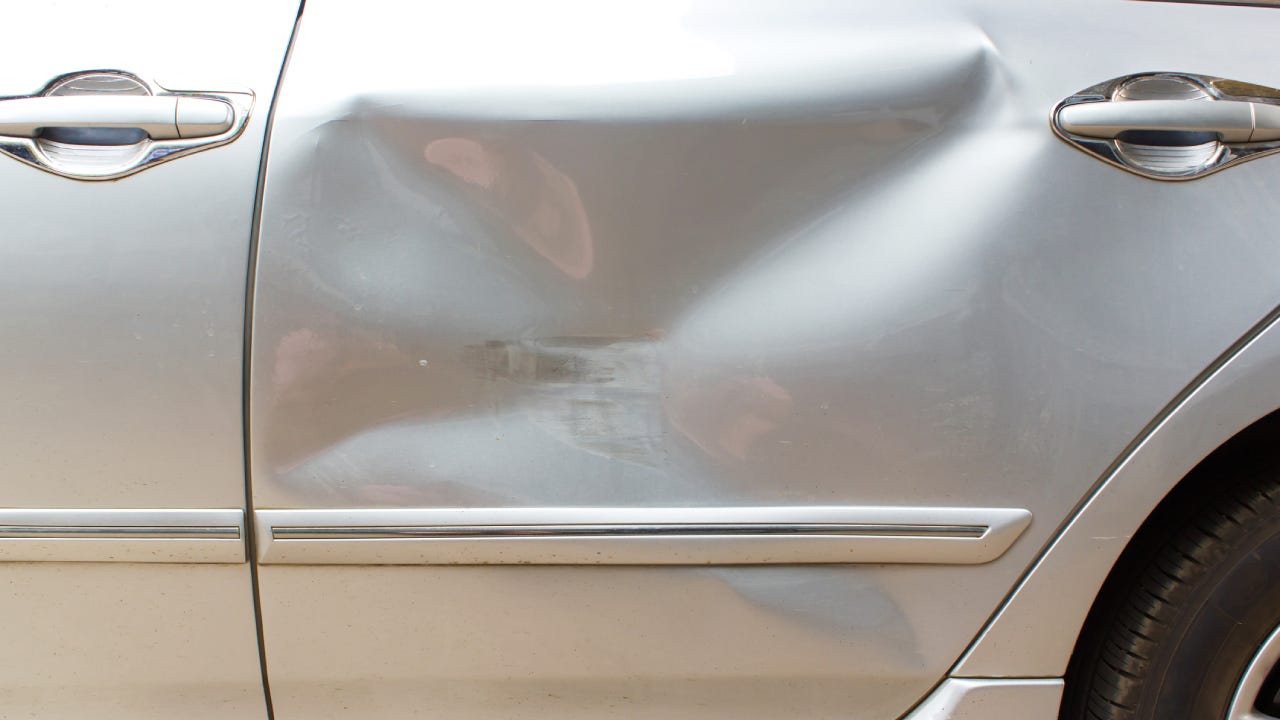Car insurance after a hit-and-run in Washington

Hit-and-runs in Washington
Washington hit-and-run laws are clear: if you are involved in an accident that causes damage, injury or death, you must remain at the accident site unless you need to leave to get help. If you leave without exchanging information and aiding in any way you can, it is considered a hit-and-run. This is illegal, and there are significant penalties involved if you do so. Bankrate created this guide to help you understand those laws and to review what you should do if you are involved in a hit-and-run accident.
Hit-and-run laws in Washington
Per Revised Code of Washington (RCW) 46.52.020, if a driver injures a person or damages a vehicle, that driver is legally required to stop, exchange information and provide any necessary assistance, including getting injured parties medical care. If the accident causes a death, it will likely be considered a class B felony. An injury will likely result in a class C felony.
If you break the Washington hit-and-run law, your license may be suspended for up to one year. A class B felony may result in a jail term of up to 10 years or a fine of up to $20,000, while a class C felony is punishable by up to five years in jail and a fine of no more than $10,000.
When you can drive again, you may experience some challenges related to your car insurance. After a hit-and-run in Washington state, insurance can be harder to come by and may be significantly more expensive, particularly if you are classified as a high-risk driver.
How does a hit-and-run affect car insurance in Washington?
A hit-and-run in Washington state is likely to have an impact on your car insurance rates, whether you are the at-fault driver or a victim. If you are involved in an accident and leave the site without exchanging information, you are likely to see a significant increase in your rate if you are caught. Washington state hit-and-run laws indicate several potential penalties, including license suspension. You may also need to file an SR-22 form with the state DMV, and some carriers will not extend coverage to drivers with hit-and-runs on their records.
Unfortunately, even if you are the victim of a Washington hit-and-run, your insurance rates may also be impacted, although the increase is likely to be less severe. If the perpetrator of the accident is not found and you are forced to file a claim with your own insurer, it’s possible that your rates may still increase.
In either case, the rate of increase is variable, depending on your insurer and multiple other factors, such as your driving record and your car’s age, make and model. While we do not have hit-and-run specific rates, Bankrate’s research shows that drivers with a clean record in the Evergreen State pay $493 for minimum coverage and $1,574 for full coverage, which includes collision and comprehensive insurance. After an at-fault accident, those average rates increase to $726 for minimum and $2,270 for full coverage.
What to do after a hit-and-run in Washington
While it might be tempting to chase after a fleeing driver, stay put if you are involved in a hit-and-run accident. Instead, take the following actions:
- Check for injuries. Ascertain if anyone has sustained injuries. If it is safe to do so, move all vehicles and people involved out of the flow of traffic. Call 911 to have emergency medical services and police sent to your location if needed.
- Jot down what you remember. While everything is still fresh, make notes on any details you can remember. For example, if you can recall, write down the hit-and-run driver’s license plate number, vehicle’s make and model and any other details that could help the police find them. If there are passengers in your vehicle or witnesses nearby, it can be helpful to write down any details they remember, too. You may also want to take pictures and/or videos of the scene and the damage to your vehicle.
- Cooperate with the police. Have your insurance card handy and cooperate fully with the police officers at the scene. Stay out of their way while they are conducting interviews or otherwise aiding those who were involved in the accident.
- Start your insurance claim. You should be able to get your insurance claim started right away by either calling your insurance provider or going to their app or website. The sooner you get your claim started, the sooner you will receive compensation for any covered losses.
Frequently asked questions
Methodology
Bankrate utilizes Quadrant Information Services to analyze April 2024 rates for all ZIP codes and carriers in all 50 states and Washington, D.C. Rates are weighted based on the population density in each geographic region. Quoted rates are based on a single, 40-year-old male and female driver with a clean driving record, good credit and the following full coverage limits:
- $100,000 bodily injury liability per person
- $300,000 bodily injury liability per accident
- $50,000 property damage liability per accident
- $100,000 uninsured motorist bodily injury per person
- $300,000 uninsured motorist bodily injury per accident
- $500 collision deductible
- $500 comprehensive deductible
To determine minimum coverage limits, Bankrate used minimum coverage that meets each state’s requirements. Our base profile drivers own a 2022 Toyota Camry, commute five days a week and drive 12,000 miles annually.
These are sample rates and should only be used for comparative purposes.
Incidents: Rates were calculated by evaluating our base profile with the following incidents applied: clean record (base) and at-fault accident.
You may also like

What is PITI? A complete guide

12 Steps to prepare your home for winter

How to get a business loan from a bank



